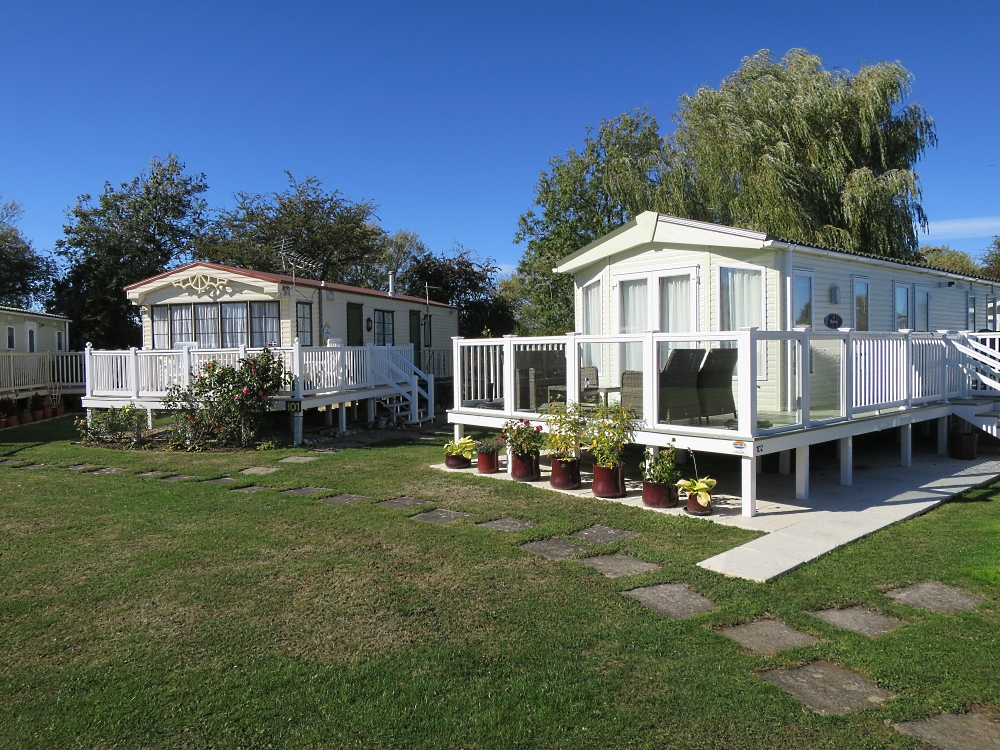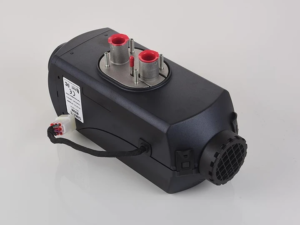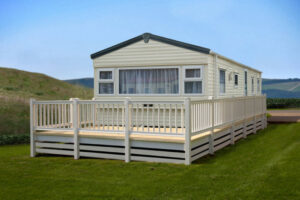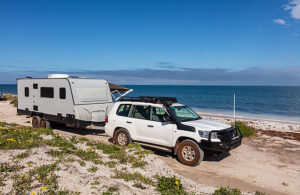Purchase Price
New vs. Used Static Caravan Costs
Purchasing a static caravan is a significant investment, and the initial cost can vary widely depending on whether you opt for a new or used model. New static caravans offer the latest designs, features, and often come with a manufacturer’s warranty, providing a sense of reliability and assurance. However, they tend to be pricier than their used counterparts. On the other hand, used static caravans can be much more affordable and may offer excellent value, especially if they have been well-maintained. Buyers might find a wider range of prices in the used market, accommodating various budget sizes.
Financing Options and Interest Rates
Financing is a viable route for those who prefer not to pay the entire purchase price upfront. Various financing options are available, including caravan loans, personal loans, or using a mortgage to fund the purchase. Each financing method comes with its own set of criteria, interest rates, and repayment terms. It’s crucial to explore different financing options, compare interest rates, and understand the total cost of borrowing to choose a plan that aligns with your financial capacity and long-term budgeting.
Site Fees
Annual Site Fees and What They Cover
Site fees are a recurring cost that static caravan owners must consider. These fees can cover a range of services and amenities, such as ground maintenance, security, and access to park facilities like swimming pools, entertainment venues, and more. The cost of site fees can vary significantly depending on the location, quality, and range of facilities offered by the caravan park. Some parks may offer tiered pricing, with different levels of access and benefits depending on the fee paid.
Differences in Site Fees
The geographical location, popularity, and amenities of a caravan park play pivotal roles in determining the site fees. For instance, a caravan site in a popular tourist destination or an area with stunning natural beauty may command higher fees than a more secluded or less sought-after location. Additionally, parks with a wide array of high-quality amenities, such as leisure facilities, entertainment, and organized events, might also have higher site fees compared to more basic parks.
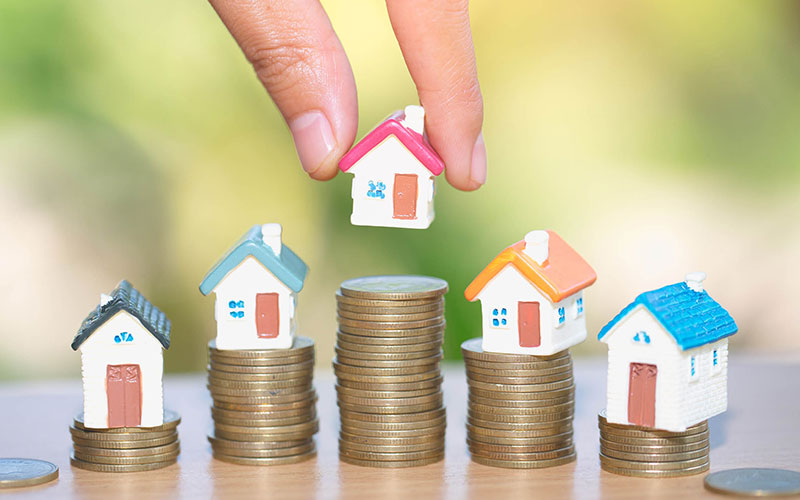
Maintenance and Repairs
Regular Maintenance Tasks and Their Costs
Maintaining a static caravan is essential to ensure its longevity and preserve its value. Regular maintenance tasks might include checking and repairing the chassis, ensuring the stability of the unit, preventing damp, maintaining appliances, and checking the roof and seals for any leaks. The costs for these tasks can accumulate, especially if professional services are required. Implementing a regular maintenance schedule can help in identifying and addressing issues early, potentially saving on more costly repairs down the line.
Repair Costs
Unforeseen repairs can be a notable expense for static caravan owners. Wear and tear, accidental damage, or weather-related damage can necessitate repairs to the structure, fixtures, and fittings of the caravan. It’s advisable to have a contingency fund to cover unexpected repair costs, ensuring that any issues can be promptly addressed without causing financial strain. Additionally, understanding the common repair needs of caravans and learning some DIY repair skills can be cost-effective.
Utilities
Electricity and Gas: Usage and Conservation Tips
Utility costs, including electricity and gas, are ongoing expenses for static caravan owners. These costs can fluctuate based on usage, especially during peak seasons when heating or cooling needs might increase. Implementing energy conservation measures, such as using energy-efficient appliances, insulating the caravan, and mindful usage of heating and cooling, can help manage and reduce utility costs. Additionally, understanding and choosing the best utility providers and tariffs can also impact overall expenses.
Water and Sewage Costs
Water and sewage costs are another crucial aspect to consider. These costs might be influenced by the caravan park’s infrastructure, local rates, and individual usage. Employing water conservation strategies, like using water-saving fixtures and being mindful of usage, can help keep these costs in check. It’s also vital to understand how the caravan park manages sewage and whether any additional costs or responsibilities fall on the caravan owner in this regard.

Insurance
Different Types of Insurance
Insurance is indispensable in safeguarding your investment in a static caravan. Various types of insurance policies are available, including coverage for damage to the caravan, contents insurance to protect personal belongings inside the caravan, and liability insurance to cover injuries or damages occurring within the caravan. Each type of insurance comes with its own premium, which can be influenced by factors like the caravan’s value, location, and the owner’s history.
Factors Affecting Insurance Premiums
Numerous factors can impact the cost of insurance premiums for a static caravan. The caravan’s age, make, and model, as well as its location, can significantly influence the cost. Additionally, how the caravan is used (e.g., solely for personal use, rented out, etc.) can also affect premiums. Implementing safety and security measures, such as installing an alarm system or secure locks, might reduce insurance costs by mitigating risks. It’s essential to shop around, compare policies, and understand the coverage to ensure that all potential risks are adequately protected.
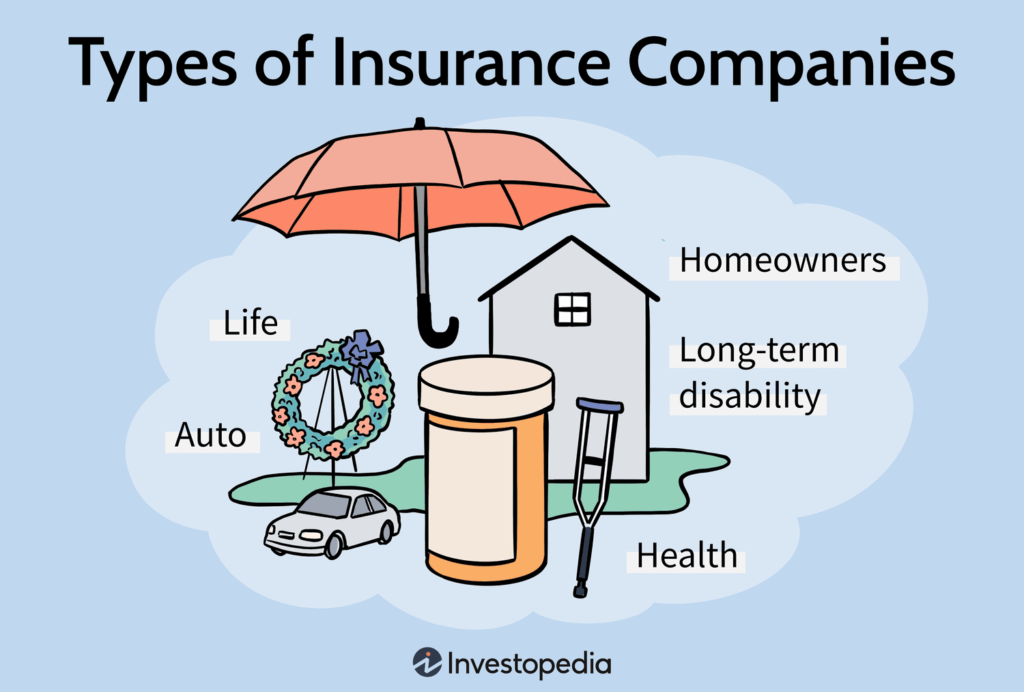
Depreciation
How Quickly Static Caravans Depreciate
Depreciation refers to the reduction in the value of the static caravan over time. Unlike some assets, static caravans tend to depreciate rather quickly, especially new ones. The moment a brand-new caravan is purchased and placed on a site, its value begins to decrease. Various factors, such as wear and tear, model obsolescence, and market demand, contribute to the rate of depreciation. It’s crucial for owners to be mindful of this financial aspect, especially if they plan to sell or upgrade in the future.
Factors Affecting Depreciation
Several factors can influence the rate at which a static caravan depreciates. These include the make and model, overall condition, market demand, and how well it has been maintained. High-quality caravans that are well-kept tend to hold their value better than neglected ones. Additionally, popular models or those with sought-after features may also depreciate slower. Understanding and mitigating depreciation factors can aid in maintaining the caravan’s resale value.

Additional Costs
Upgrades and Refurbishments
Over time, you may wish to upgrade or refurbish your static caravan to enhance its comfort, functionality, or aesthetic appeal. This could involve updating the interior décor, upgrading appliances, or installing new fixtures and fittings. While upgrades can enhance the enjoyment and potentially the value of the caravan, they come with associated costs. Planning and budgeting for upgrades, and choosing enhancements that will genuinely add value, are vital to ensuring a good return on investment.
Replacing Fixtures and Fittings
Wear and tear on fixtures and fittings are inevitable, and replacements will be necessary over time. This could involve anything from replacing a worn sofa to installing a new oven. These costs can accumulate, especially if multiple replacements are needed simultaneously. Having a dedicated budget for replacements and opting for durable, high-quality items can help manage these costs effectively while maintaining the caravan’s appeal and functionality.
Legal and Administrative Costs
Licensing and Registration Fees
Static caravan owners may encounter various legal and administrative costs, including licensing and registration fees. Depending on the jurisdiction, there may be requirements to register the caravan, obtain certain licenses, or comply with local regulations, all of which may involve fees. Ensuring compliance with legal requirements is crucial to avoid fines or penalties and to ensure smooth operation and enjoyment of the caravan.
Local Taxes or Duties
Depending on the location and local government policies, static caravan owners might be subject to certain taxes or duties. This could include property tax, tourist tax, or other local levies related to owning a static caravan in a particular area. Understanding the tax implications, adhering to payment schedules, and considering these costs in the overall budget is essential to avoid unexpected financial burdens and ensure lawful ownership.
Renting Out Your Static Caravan
Potential Income from Renting
Renting out the static caravan when it’s not in use can be a viable way to offset some of the running costs. The potential income from renting can be influenced by factors such as the caravan’s location, condition, available amenities, and the rental market demand. Establishing a competitive rental price, ensuring the caravan is in excellent condition, and effectively marketing it to potential renters are key to maximizing rental income.
Costs Associated with Renting
While renting out your caravan can provide additional income, it also comes with associated costs. These might include advertising, maintenance, cleaning between renters, and potentially higher insurance premiums. Additionally, wear and tear tend to be higher with rental units, which might result in more frequent maintenance and replacement needs. Understanding and planning for these costs is crucial to ensure that renting remains a profitable venture.

Seasonal Costs
Winterization and Preparing for Different Seasons
Seasonal costs refer to expenses that arise due to changing weather conditions and seasons. For instance, winterization of a static caravan involves preparing it to withstand colder temperatures, which might include insulating pipes, installing storm-proof measures, and possibly heating the unit to prevent freezing. Similarly, preparing the caravan for summer might involve servicing the air conditioning unit or installing sunshades. These seasonal preparations incur costs but are vital to protect the caravan from weather-related damages.
Storage Costs During Off-Seasons
If you choose to remove the caravan from its site during the off-season, storage costs may apply. Some caravan parks might offer storage facilities, while others may require you to seek external storage solutions. The costs can vary based on the location, security, and type of storage facility. Ensuring that the storage facility is secure and provides adequate protection against the elements is crucial to safeguard the caravan during off-season storage.
Conclusion
Owning a static caravan can be a source of joy, providing a home away from home, a retreat into nature, or even an additional income stream through rentals. However, as we’ve navigated through the multifaceted aspects of the running costs associated with static caravan ownership, it becomes evident that it is not merely a one-time investment. From the initial purchase price to the recurring expenses like site fees, maintenance, utilities, and unexpected repair costs, every potential and current caravan owner must navigate through a labyrinth of financial commitments.
The depreciation of a static caravan, while inevitable, can be mitigated through diligent maintenance, thoughtful upgrades, and strategic purchasing decisions. Legal and administrative costs, though perhaps not the most exciting aspect of ownership, are crucial to ensuring compliance and avoiding unnecessary fines or complications. Furthermore, the potential to generate income by renting out your caravan, if managed astutely, can serve as a financial cushion, assisting in offsetting some of the ongoing costs and even potentially turning a profit.
